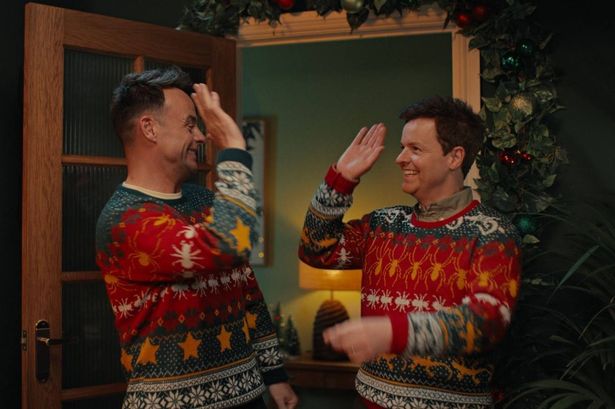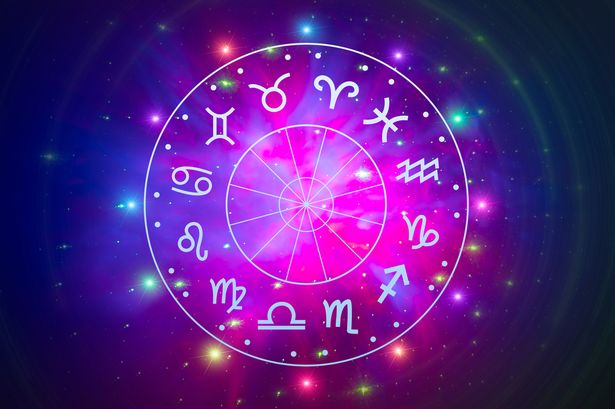Finnish author Iida Turpeinen delves into the tragic story of Steller’s sea cow in her debut novel, Beasts of the Sea. Set against the backdrop of the early 18th century, the narrative begins with the shipwreck of the naturalist Georg Wilhelm Steller in November 1741 on an island between Alaska and Russia. Steller discovers the massive sirenian, Hydrodamalis gigas, which would soon fall victim to human exploitation, leading to its extinction within three decades.
The novel intricately weaves the lives of several historical figures influenced by the sea cow’s existence. After surviving the harsh winter largely by hunting the sea cows, Steller and the remaining crew of the Great Northern Expedition departed the island in August of the following year. This marks the beginning of the sea cow’s tragic fate, as it became a target for hunters seeking to capitalize on its size and resources.
Among the characters is Hampus Furuhjelm, the governor of Alaska, who embarks on a quest for a complete sea cow skeleton, and his sister, Constance, who finds solace and a sense of autonomy in her collection of taxidermy specimens. The narrative also introduces Hilda Olson, a scientific illustrator, and John Grönvall, an expert in bird egg reconstruction, who is charged with preparing the sea cow’s remains for exhibition.
As Turpeinen explores the ambitions of Steller and Olson to achieve scientific recognition through the naming of species, she reveals the gender biases that hinder Constance and Olson’s contributions. Both characters experience dismissal due to their gender, reflecting the societal attitudes of their time. The novel highlights the tension between scientific exploration and the destruction it often entails, as each character grapples with the implications of their pursuits.
Turpeinen’s prose flows effortlessly, shifting between characters while maintaining a captivating narrative. Emotional depth is conveyed with clarity, portraying Steller’s struggle against his superiors and his yearning to document his discoveries. Yet, the pacing sometimes falters, particularly in the sections involving the Furuhjelm siblings and their interactions with Anna, Hampus’ wife. The narrative risks losing focus as it traverses their lives, suggesting a need for deeper exploration of these characters’ inner thoughts and desires.
In a scene that introduces complex scientific discussions, a conversation between Olson’s employer and a colleague touches on differing philosophies about understanding animals—alive versus preserved. Such moments raise significant questions about the ethics of scientific inquiry and the human tendency to mask destruction behind the guise of progress. Yet, these ideas are often introduced and quickly set aside, preventing them from achieving full resonance.
While Beasts of the Sea has received acclaim in Finland for its thoughtful and beautifully written narrative, it leaves the reader yearning for a more profound exploration of its themes. As Steller navigates his observations, the desire to understand the sea cow on a deeper level mirrors the reader’s wish for a more immersive experience.
Published by MacLehose and translated by David Hackston, Beasts of the Sea is available for £16.99. To support independent journalism, readers can order their copy through the Guardian’s online shop, where delivery charges may apply. Turpeinen’s work stands as a poignant reminder of the delicate balance between human curiosity and the preservation of the natural world.







